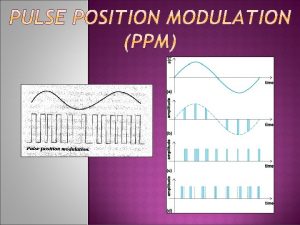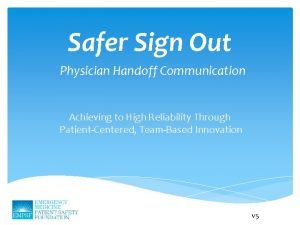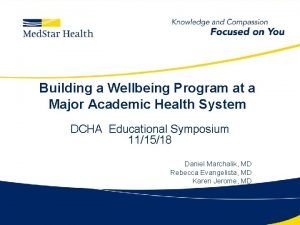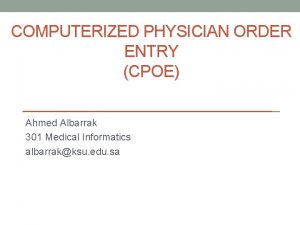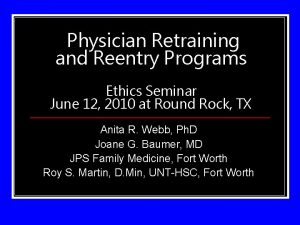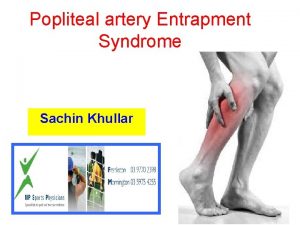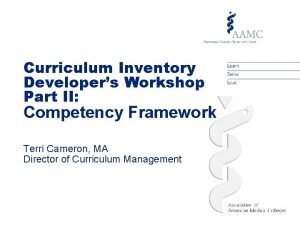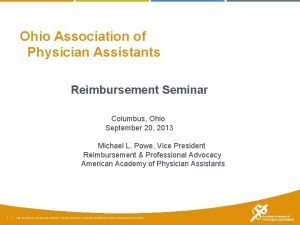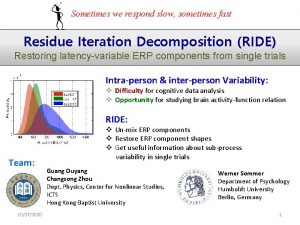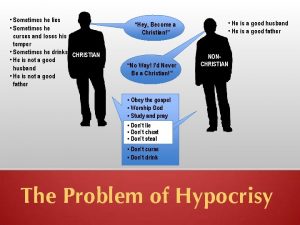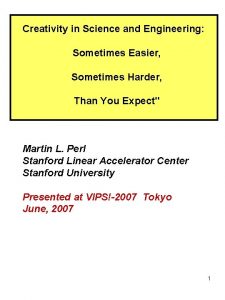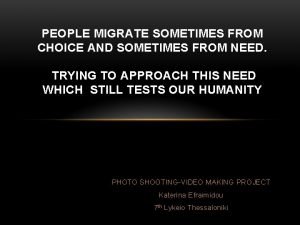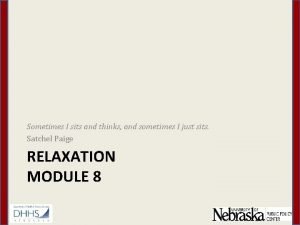Physician Assisted Dying Assisted dying sometimes also assisted












- Slides: 12

Physician Assisted Dying

• Assisted dying (sometimes also assisted death) is where the patient himself or herself ultimately takes the medication. • Euthanasia, by contrast, is usually where the doctor administers the medication to the patient. • Assisted suicide includes people who are not terminally ill, but who are being helped to commit suicide, whereas assisted dying refers to people who are already dying. • “euthanasia” can sometimes be used as a broad term to cover a range of actions.

• United States: PAD: Oregon, Washington, Vermont, California, Colorado and the District of Columbia: • The Netherlands: Assisted suicide and voluntary euthanasia are legal where a person has lasting and unbearable suffering. • Belgium: Voluntary euthanasia is legal for patients who suffer untreatable, constant and unbearable physical or mental suffering. • Luxembourg: Voluntary euthanasia is legal for patients who suffer a terminal or incurable illness. Assisted suicide is also legal. • Canada: In June 2016 the Canadian Parliament passed Medical Assistance in Dying Bill • Colombia: Voluntary euthanasia is legal for terminally ill patients • Switzerland: voluntary euthanasia and assisted suicide are illegal under Swiss criminal law, but assisted suicide routinely occurs (assisted suicide will only be an offence if it is carried


• Public support in the United States has plateaued since the 1990 s (range, 47%-69%) • In Western Europe, an increasing and strong public support; in Central and Eastern Europe, support is decreasing • In the United States, less than 20% of physicians report having received requests for euthanasia or physician-assisted suicide, and 5% or less have complied • In Oregon and Washington state, less than 1% of licensed physicians write prescriptions for physician-assisted suicide per year • In the Netherlands and Belgium, about half or more of physicians reported ever having received a request; 60% of Dutch physicians have ever granted such requests • Between 0. 3% to 4. 6% of all deaths are reported as euthanasia or physician-assisted suicide in jurisdictions where they are legal

• More than 70% of cases involved patients with cancer • Typical patients are older, white, and welleducated • Pain is mostly not reported as the primary motivation. • A large portion of patients receiving physicianassisted suicide in Oregon and Washington reported being enrolled in hospice or palliative care, as did patients in Belgium • In no jurisdiction was there evidence that vulnerable patients have been receiving euthanasia or physician-assisted suicide at rates higher than those in the general population.



Eligibility: ALL of • Age 18+ • Ordinarily resident in Victoria, hold citizenship or PR • Have capacity with respect to VAD (decision is their own, voluntary, not due to undue influence or coercion) If assessing practitioner uncertain re capacity: must refer to appropriate specialist for Ax • Dx with an incurable disease, illness or medical condition that is advanced, progressive and will cause death expected within weeks or months, not longer than 12 months • Causes suffering that cannot be relieved in a manner the person deems tolerable

• Cannot request VAD in an ACF – safeguard • Capacity requirement likely to exclude eg. persons with dementia - felt to be a necessary safeguard • Mental illness alone does not satisfy criteria • Disability alone does not satisfy criteria- although mental illness or disability, in the setting of meeting other eligibility criteria, is not a reason for exclusion • Suffering judged by the individual - physical, psychological, social, spiritual, loss of autonomy & control


 Sometimes you win some
Sometimes you win some God when you choose to leave mountains unmovable
God when you choose to leave mountains unmovable Sometimes sweet
Sometimes sweet Sometimes cold sometimes hot
Sometimes cold sometimes hot Locomotor dance moves
Locomotor dance moves I also sometimes
I also sometimes Physician sign out
Physician sign out Physician wellness academic consortium
Physician wellness academic consortium Disadvantages of cpoe
Disadvantages of cpoe Physician reentry programs
Physician reentry programs Dr. sachin khullar
Dr. sachin khullar Physician competency reference set
Physician competency reference set Pricewaterhouse
Pricewaterhouse





